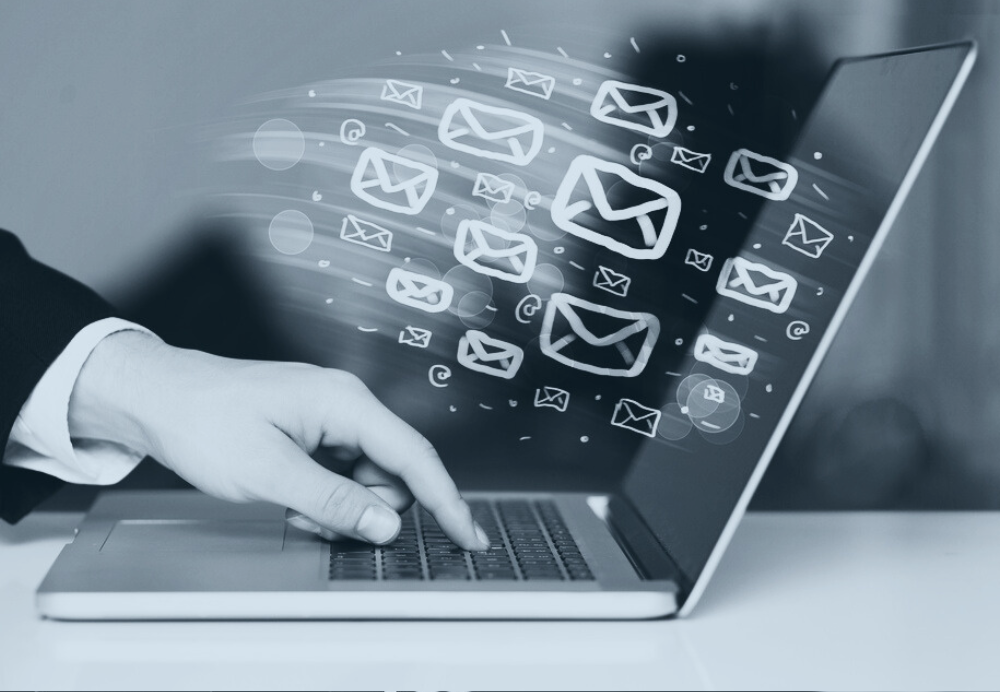Growth-Boosting Tips Straight from a Marketing Automation Consultant
Why Marketing Automation is Essential for Growth
Businesses that implement marketing automation solutions see increased efficiency, reduced repetitive tasks, and improved marketing efforts. Many marketing leaders now rely on marketing automation platforms to optimize B2B marketing strategies, streamline workflows, and align marketing goals with business outcomes.

Tip 1: Segment Your Audience for Higher Conversions
Why Audience Segmentation Matters
Effective segmentation helps marketing automation experts create targeted campaigns and refine marketing processes by tailoring messaging to specific customer experiences.
-
Boosts Personalization – Targeted messaging improves customer engagement.
-
Enhances Lead Nurturing – Helps automate workflows for better lead scoring.
-
Refines the Sales Funnel – Improves conversion rates with audience-based strategies.
How to Segment Your Audience
-
Use CRM Data – Platforms like HubSpot, Marketo, Pardot, or Salesforce categorize leads based on behavior.
-
Analyze Customer Behavior – Track email engagement, site visits, and purchase patterns.
-
Automate Personalization – Use a marketing automation platform to trigger dynamic content.
Example: Smart Segmentation in Action
-
Ecommerce: Recommends products based on browsing history.
-
B2B Startups: Segments prospects by industry and job title.
-
Marketing Agencies: Sends tailored reports based on industry trends.
Tip 2: Use Personalization to Enhance Customer Engagement
Why Personalization is Critical
Personalization transforms marketing campaigns into meaningful customer journeys. Businesses using marketing automation tools for personalization report:
-
71% of consumers expect personalized experiences, and 76% are more likely to consider a purchase when brands use personalization.
-
Personalized emails deliver 6x higher transaction rates than generic emails.
-
Dynamic content based on location increases click-through rates by 29%.
How to Leverage Behavioral Data
-
Sync Multi-Channel Messaging – Align email campaigns, SMS, and apps to ensure consistent outreach.
-
Use Marketing Technology – Employ tools to analyze behavioral trends.
-
Tailor Content Creation – Develop engaging materials that resonate with specific audiences.
Example: Personalization Done Right
-
Netflix: Customizes recommendations based on viewing history.
-
Amazon: Suggests products based on past purchases.
-
B2B Companies: Shares targeted whitepapers based on previous interactions.
Tip 3: A/B Test Your Campaigns for Optimization
Why A/B Testing is a Must
Testing drives effective marketing strategies. Businesses using A/B testing report:
-
Marketers who regularly A/B test their landing pages experience a 37% increase in conversions.
-
Only 17% of marketers actively A/B test their landing pages, meaning most are missing out on valuable optimization opportunities.
-
A/B testing tools contribute to a 61% average lift for experiments that reach statistical significance.
How to Run an A/B Test
-
Test One Variable at a Time – Headlines, CTAs, or page layouts.
-
Leverage Marketing Tools – Platforms like HubSpot or Pardot simplify testing.
-
Monitor Key Metrics – Track conversion rates, bounce rates, and click-throughs.
Example: A/B Testing in Action
-
E-commerce: CTA placement changes boosted sales.
-
Marketing Agencies: Adjusted subject lines improved open rates.
-
B2B Startups: Tested form layouts to enhance lead capture.
Tip 4: Automate Lead Nurturing Workflows to Scale Your Efforts
Why Automating Lead Nurturing is Essential
An efficient marketing automation strategy improves lead generation while reducing repetitive tasks.
-
Companies using lead nurturing generate 50% more sales-ready leads at 33% lower cost per lead.
-
50% of buyers choose the vendor that responds first, highlighting the importance of real-time lead nurturing.
-
B2B companies that implement marketing automation see a 10% increase in their sales pipeline.
How to Set Up Automated Workflows
-
Welcome Sequences – Engage new leads with a warm onboarding process.
-
Behavior-Based Campaigns – Trigger follow-ups based on user actions.
-
CRM Integration – Automate scoring and prioritize qualified leads.
Example: Lead Nurturing in Action
-
E-commerce: Cart abandonment workflows recovered lost revenue.
-
Marketing Agencies: Automated follow-ups increased close rates.
-
SaaS Companies: Onboarding emails improved user retention.
Tip 5: Monitor and Analyze Customer Behavior for SEO & Growth
Why Data-Driven Marketing Matters
Tracking key metrics ensures that your marketing automation software delivers results aligned with business needs.
-
Refine Marketing Campaigns – Identify underperforming touchpoints.
-
Improve Customer Experiences – Adjust workflows for higher engagement.
-
Drive Revenue Growth – Optimize the sales funnel for better ROI.
How to Use Analytics for Growth
-
Monitor SEO – Optimize landing pages for search rankings.
-
Leverage CRM Insights – Align data with customer journeys.
-
Evaluate Workflow Efficiency – Use analytics to refine processes.
Final Thoughts: Implement These Strategies to Scale Your Growth
By applying these five tips, your marketing team can:
✔ Improve lead generation with automated workflows.
✔ Enhance marketing operations using data-driven tools.
✔ Streamline project management for greater efficiency.
Ready to optimize your marketing automation platform and achieve sustainable revenue growth?
FAQs About Marketing Automation Consulting Services
What Are the Best Marketing Automation Tools?
Some of the top marketing automation platforms include:
-
HubSpot – Best for inbound marketing.
-
Marketo – Ideal for B2B enterprises.
-
Pardot (Salesforce) – Great for CRM-driven automation.
-
Mailchimp – Cost-effective for email marketing.
How Can Marketing Automation Consultants Help My Business?
A marketing automation expert can:
-
Optimize workflows and improve marketing technology.
-
Implement CRM automation to manage customer journeys.
-
Streamline project management for better efficiency.

 By
By



